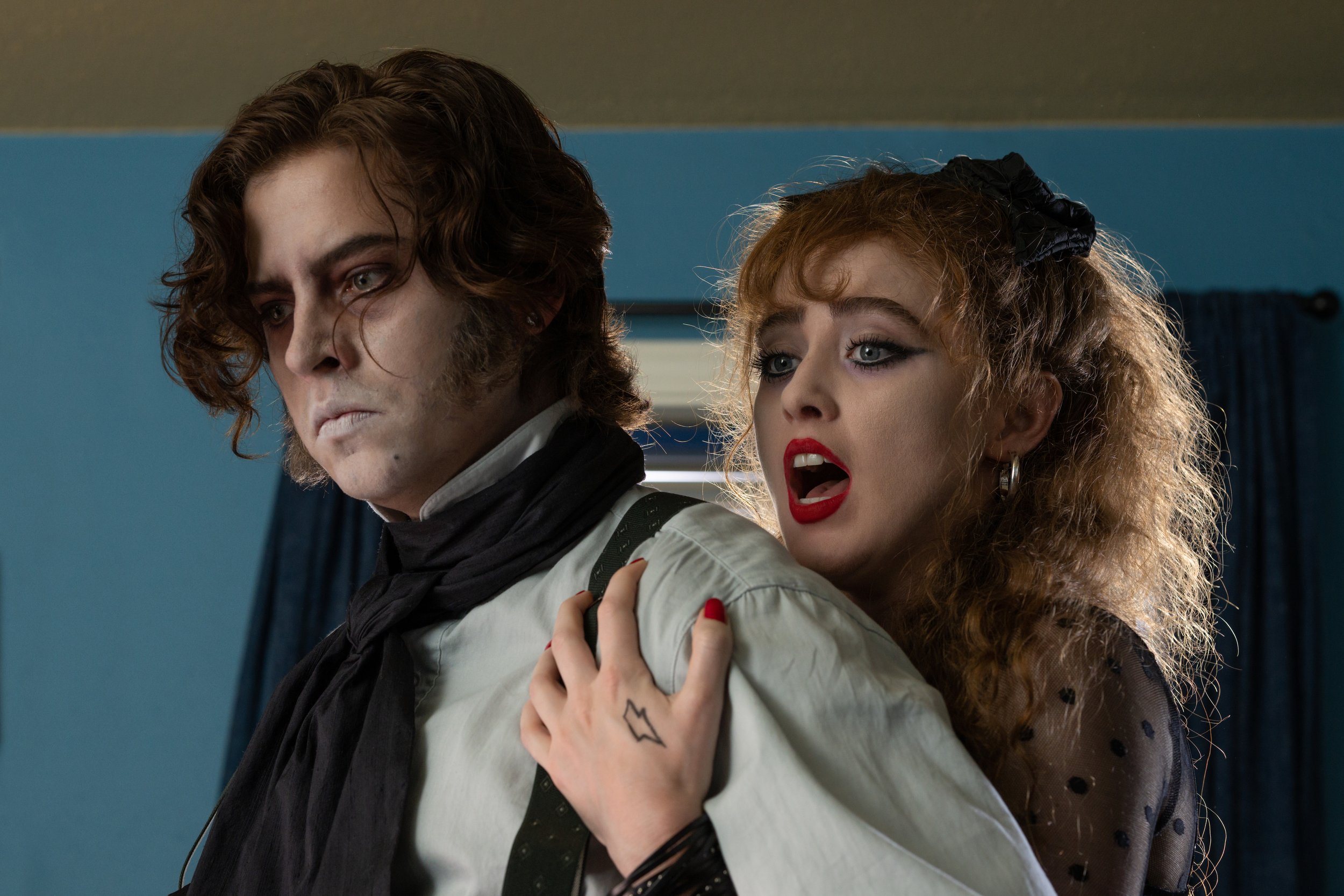Focus Features
By Andrea Thompson
You wouldn’t think the latest Diablo Cody-penned vision of feminine horror would lend itself much to deep contemplation, but “Lisa Frankenstein” got me thinking about how history tends to do a lot of repeating. And not simply for the multitude of references and the nostalgic 80’s sheen of its setting.
It shouldn’t be surprising. A number of more recent movies have more than proven that a deeply feminine gaze which embraces the soft colors and the general pink of it all is actually great for horror. “The Love Witch,” “Medusa,” and another Diablo Cody gem, “Jennifer's Body,” all have proved to bring the terror right along with the often brightly lit color palette.
The past decade does not have a monopoly on this by any means of course, as tempted as we so often are to throw up a few examples as indicators that our current era came up with any and all good ideas. No less than Agnès Varda gave us a nightmarish vision of male entitlement and its consequences wrapped in sunflowers in “Le Bonheur,” to use one example.
“Lisa Frankenstein” is a tribute to much of this history, and those who managed to create in spite of a decade which could be very unkind to women. Sure, plenty of the movies at the time seemed willing to feature some form of assault to a queasy extent, but along with even more retro references such as Georges Méliès and “Creature From the Black Lagoon,” there are other reminders of the other cinematic legacies the decade gave us, such as “Look Who’s Talking.”
Lisa (Kathryn Newton) is the kind of teenage girl who would immerse herself in its more gothic offerings, and as she grows more sure of herself throughout the movie, her brand of lacey black clad, punky femininity are fashionable callbacks to Winona Ryder’s own time well spent as the heroine to weird girls in “Heathers” and Beetlejuice.”
Lisa is the weird girl who doesn’t want to be, a budding artist who has found herself in the wrong story. Her life has essentially become a slasher since her mother was murdered trying to protect her from a deranged home invader and her father Dale (Joe Chrest) remarried a mere six months later to Janet (Carla Gugino), a stepmother whose dysfunction errs into cartoonishly evil territory.
Focus Features
To cope, Lisa endeavors to remake her life into a Gothic romance through the sheer power of imagination. She loves to hang out alone in the lush greenery of the local graveyard, and she even has a favorite tombstone. It’s a lot for a brooding weirdo in the yuppie era, where teen girls were expected to get out and get socialized, often a euphemism for shut up and conform already.
But along with the genre’s blood-spattered killers, the 80’s also saw a number of at times tragically misunderstood, persecuted creatures interact with humans. So when the undead monster is magically raised from the grave, his existence isn’t merely the most obvious shout-out to Mary Shelley’s most famous creation who also just happens to be one of the greatest misunderstood monsters of all time, he’s also a bridge to multiple genres.
As The Creature, Cole Sprouse gets to put a bloody spin on his image as the tormented bad boy with a heart of gold. Thanks to a Tim Burtonesque animated intro before we even meet Lisa, he already has his own backstory full of artistic passion and heartbreak, and he quickly becomes a mute companion to Lisa while yearning for much more.
As the two begin to pile up the bodies between them, partly out of revenge, partly for the spare parts The Creature uses to rebuild himself, he begins to look dangerous in an entirely different way as Sprouse goes from dank to his usual dreamy. It’s a more complex look at a teenage girl who is often unlikable and takes advantage of everyone around her, leaving a bloody path in her wake as even the undeserving are left shattered, including her sweet, well-meaning stepsister Taffy (Liza Soberano), the only person who has staunchly stood by and defended Lisa. At heart, this may be Lisa’s fairy tale, but she’s no long-suffering Cinderella or even Belle, even if her love does transform a beast into a handsome prince.
Multiple genres that can’t be reduced to simplistic messaging and an extremely flawed female protagonist who dares to be horny, enraged and generally unlikable? It means another type of history is playing out, that of critical panning and lackluster box office returns. The teenage girls at my screening were loving it though, and chances are that another familiar path will manifest given time: a cult favorite and a staple of plenty a sleepover.



